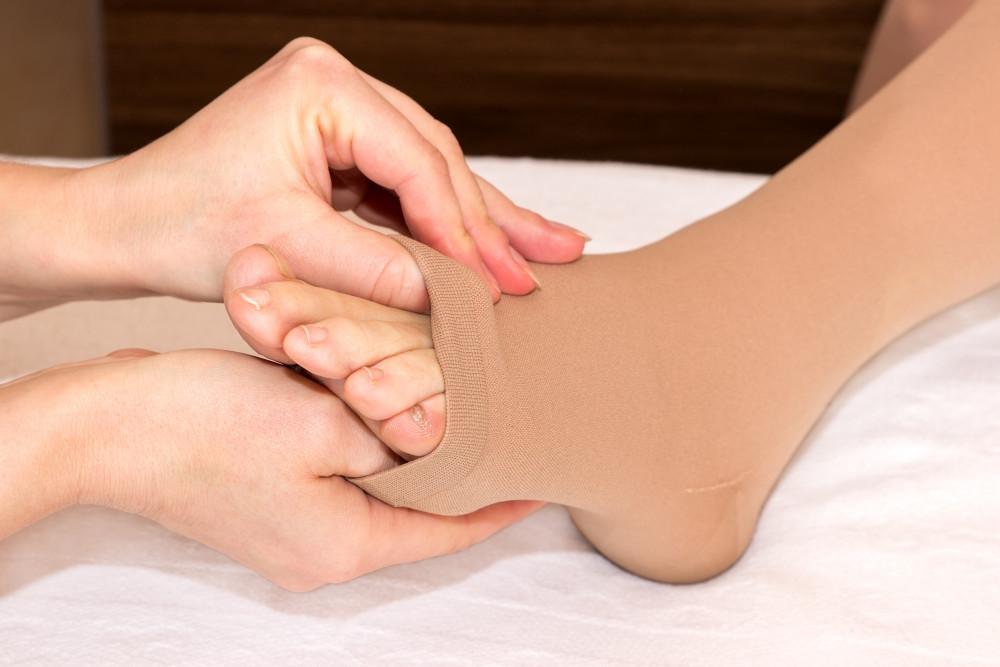When people think of major health risks, heart attacks and strokes often top the list. But there’s another silent threat that claims hundreds of thousands of lives each year and frequently goes unnoticed: venous thromboembolism (VTE).
VTE includes deep-vein thrombosis (DVT)—a blood clot that typically forms in the legs—and pulmonary embolism (PE), which occurs when a clot travels to the lungs. Both can be life-threatening. The troubling part? Many cases are preventable with the right awareness, education, and action.
What Is VTE and Who Is at Risk?
VTE can affect anyone, but certain factors increase the risk. These include:
- Major surgery (especially orthopedic or cancer-related)
- Extended bed rest or immobility
- Hospitalization
- Cancer and cancer treatments
- Pregnancy and recent childbirth
- Obesity
- Genetic clotting disorders
Even long-haul travel or a sedentary lifestyle can elevate the risk. Yet many patients and even some healthcare providers may underestimate just how serious VTE can be.
Why the Coalition to Prevent VTE Exists
The Coalition to Prevent VTE is a European non-profit group composed of experts in medicine, surgery, hematology, and public health. Our mission is simple but vital: raise awareness, educate, and reduce the incidence of VTE across Europe and beyond.
We believe VTE prevention should be integrated into standard medical care, particularly in hospitals, where many clots form during or after inpatient stays.
What We’re Doing
Through this website and other outreach programs, the Coalition is working to:
- Shine a spotlight on VTE as a critical but underappreciated health issue
- Share resources and evidence on how VTE intersects with other conditions like cancer, heart disease, and COVID-19
- Promote the use of prophylaxis—such as compression stockings, anticoagulants, and movement-based prevention—especially in surgical and hospitalized patients
- Provide timely updates from global clinical trials and studies, so healthcare professionals can stay informed with the latest research
- Offer a platform for discussion, collaboration, and change among medical professionals and health policy makers
How You Can Help
Whether you’re a healthcare provider, caregiver, or patient, awareness is the first step. Here’s what you can do today:
- Learn the signs and symptoms of DVT (e.g., swelling, pain, redness in the leg) and PE (e.g., chest pain, difficulty breathing, rapid heart rate)
- Encourage early mobilization and VTE risk assessment in hospitals
- Talk to your doctor about your individual risk factors, especially before surgery or long travel
- Share information with friends, family, or colleagues—VTE awareness saves lives
Moving Forward
VTE doesn’t have to be a hidden threat. With education, advocacy, and medical best practices, we can dramatically reduce the number of preventable deaths and complications.
The Coalition to Prevent VTE is committed to leading this charge—and with your support, we believe a future free from preventable clots is within reach.

